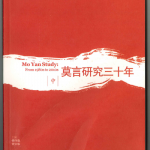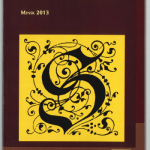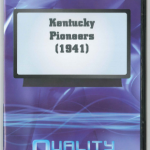Tbilisi. (OCLC #865165950)
Books released as advertisements (this one for a company offering sight-seeing tours in the USSR) are not always so forthcoming with their publication information; I was delighted that the copy I found had an estimated publication date in RDA format:
[between 1950 and 1959]
The fuzzyness of the publication date shows up in the year of my call number as a z following the decade:
DK679.24 .I58 1950z
Whenever I see 1900z in a call number, I wonder if that means “between 1900 and 1999” or “between 1900 and 1909”; at least it is made clear in the record.








